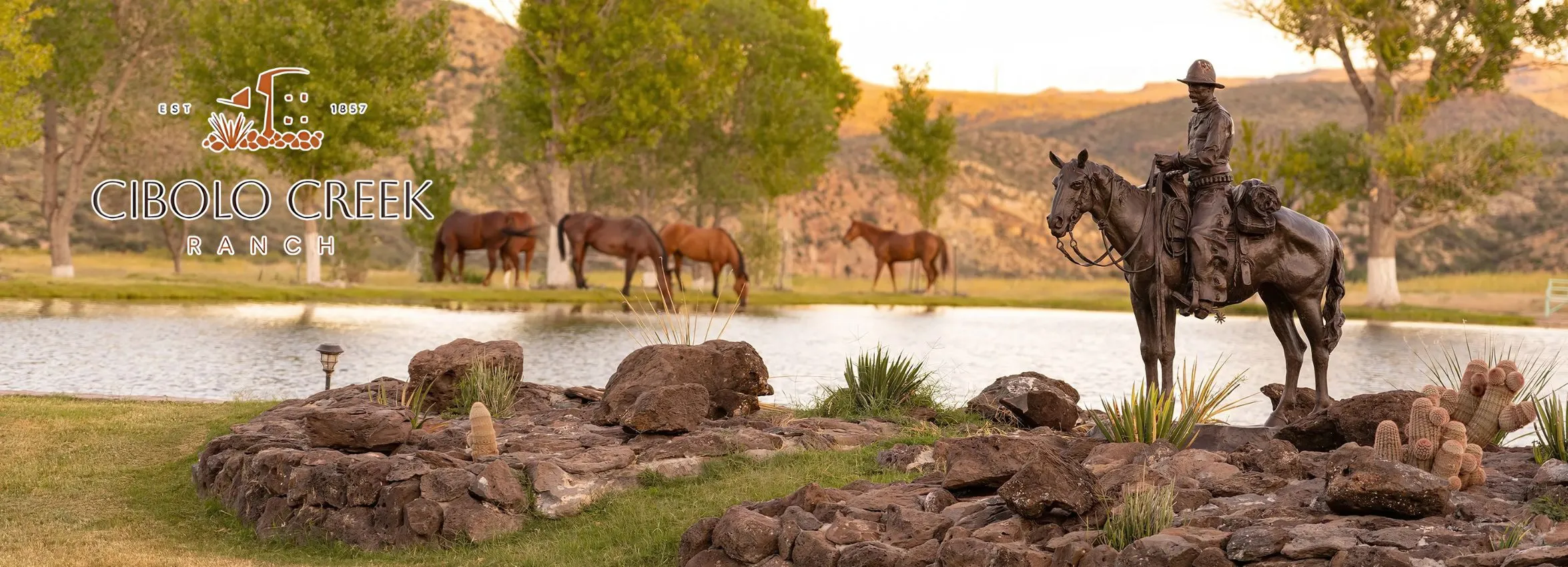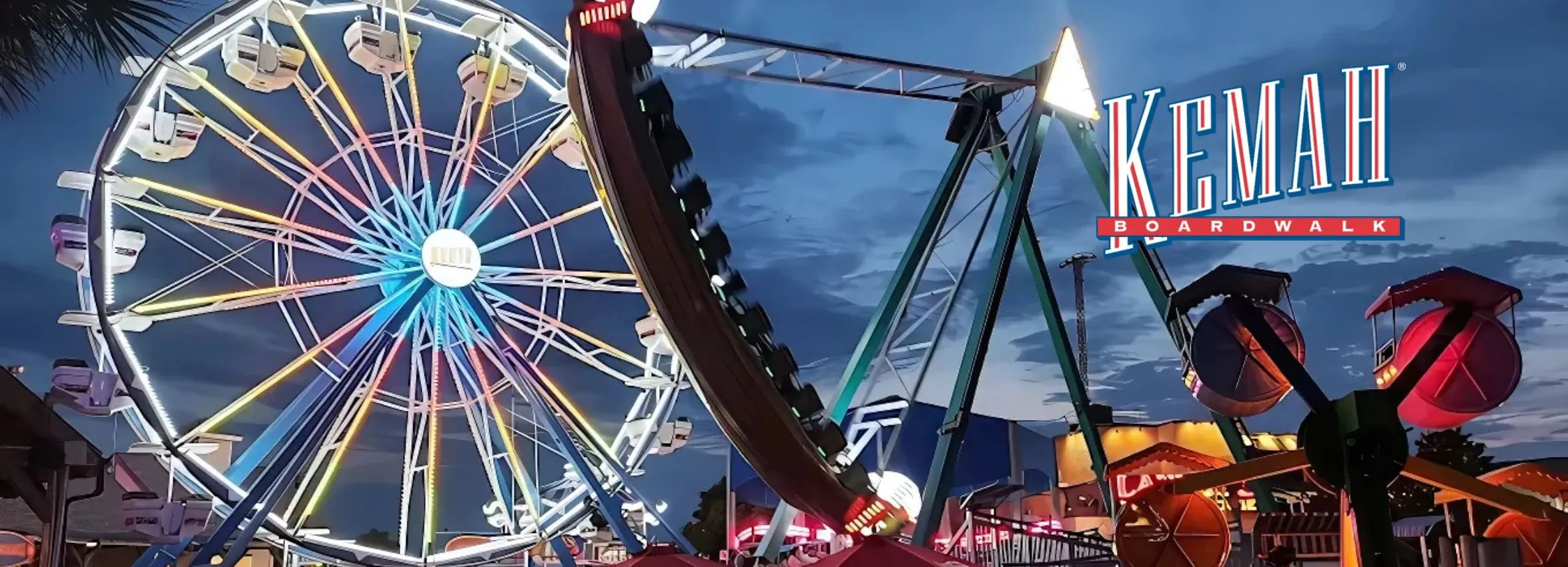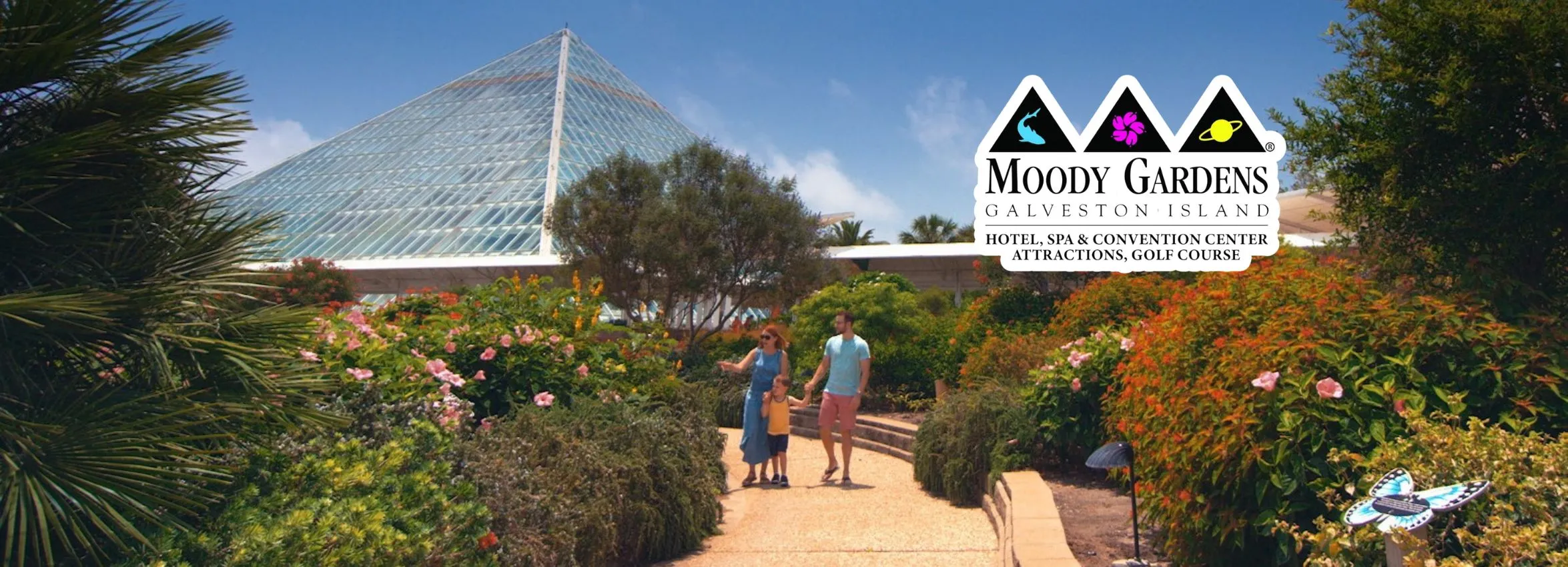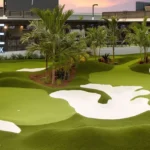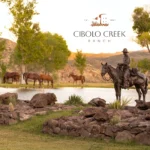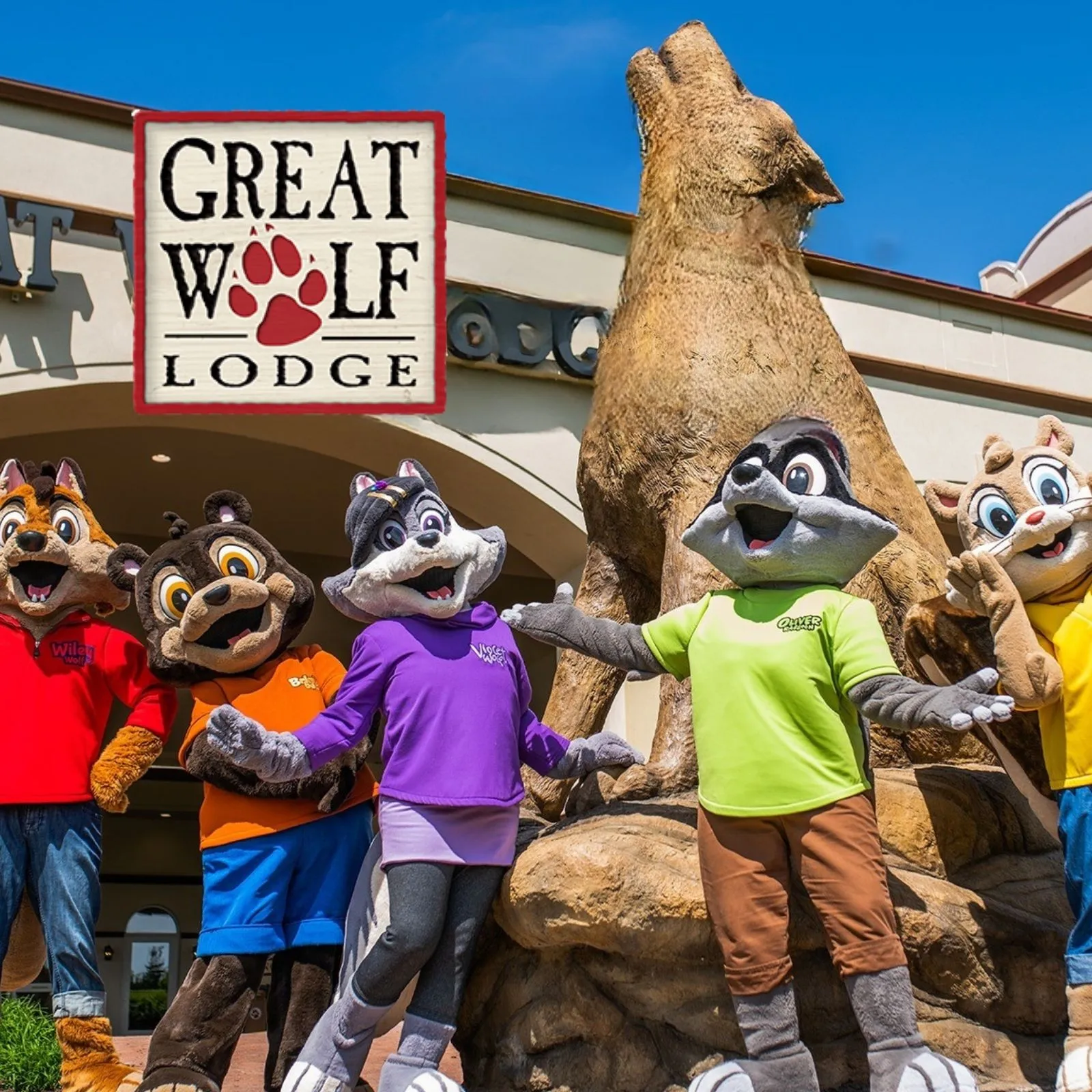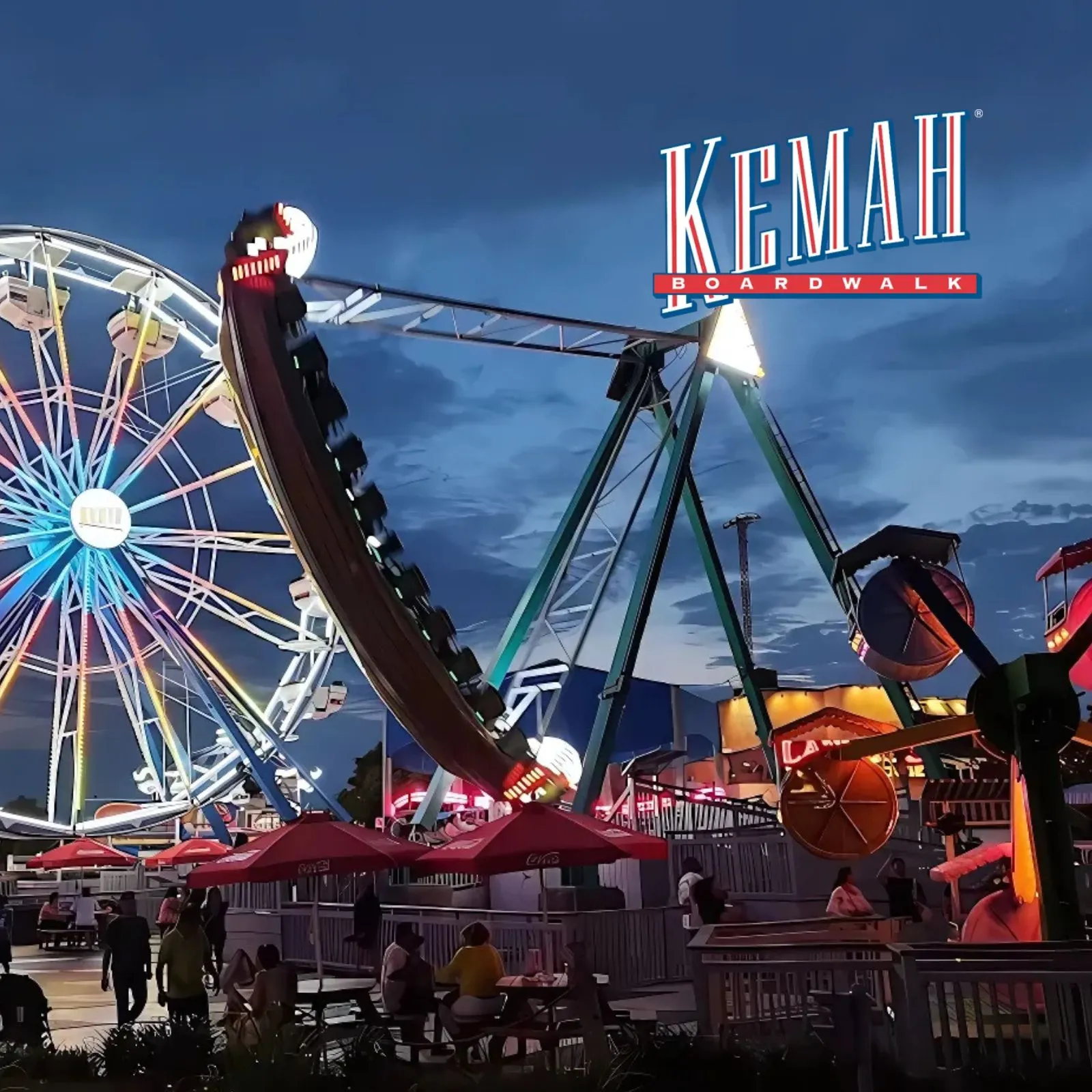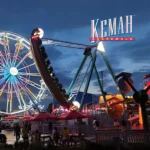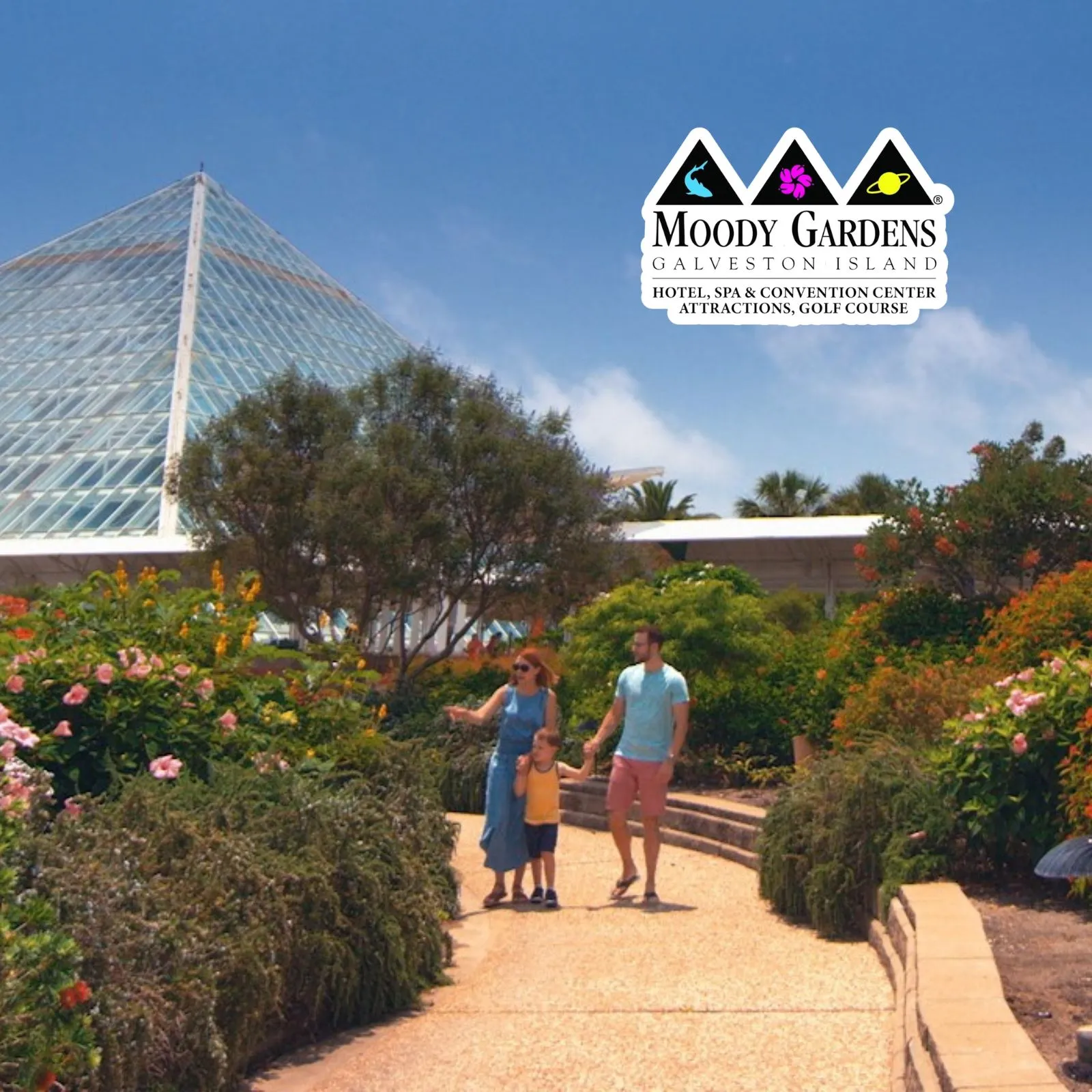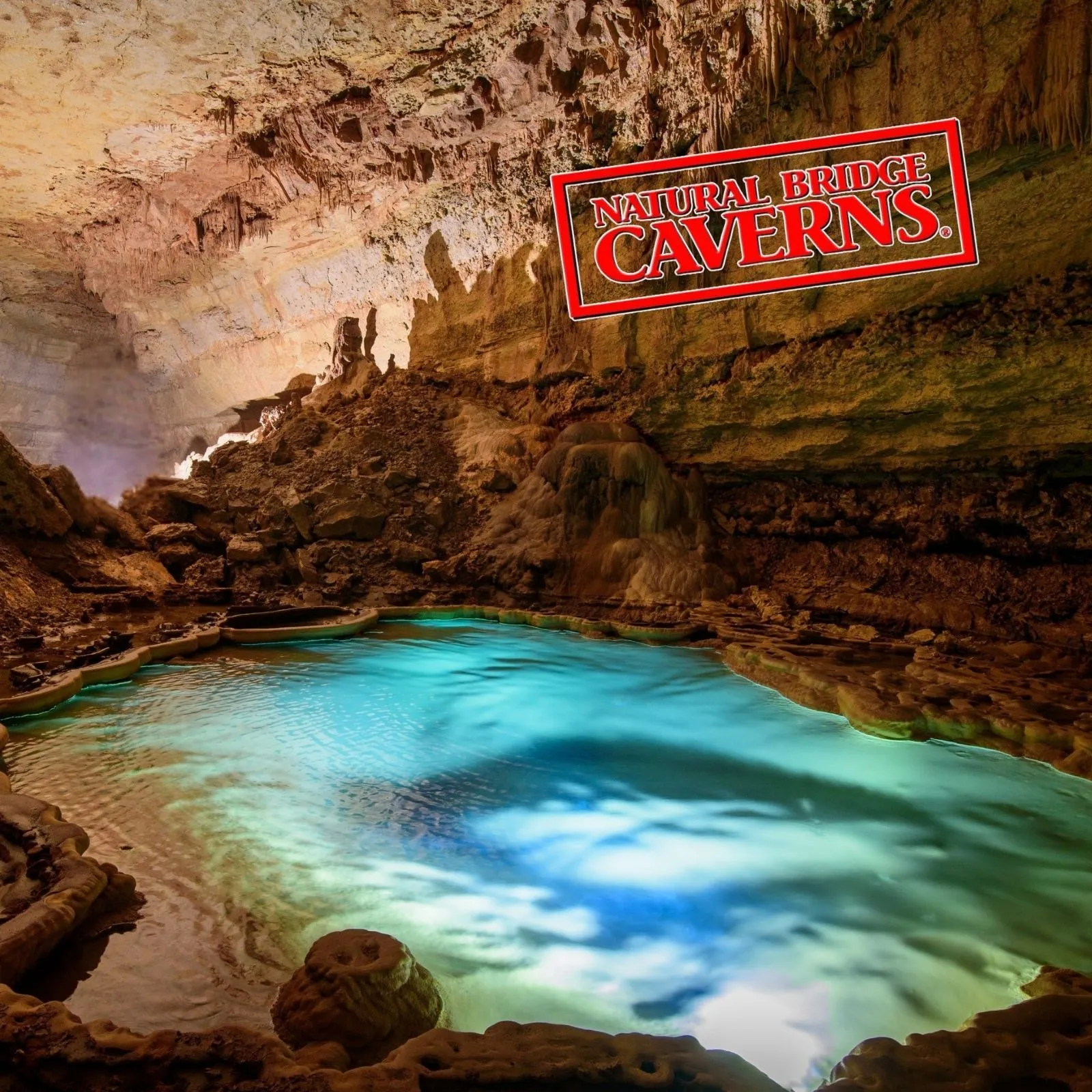The Ultimate Iowa History Trail: Top Museums, Missions & Historic Towns (Currently Open)
There’s a quiet kind of wonder to Iowa. Rolling prairies, limestone bluffs, and river towns cradle stories of Native nations, immigrant dreams, and American ingenuity. If you’re ready to turn those stories into a road-trip you’ll never forget, this is your guide to the Ultimate Iowa History Trail—a thoughtfully curated loop of top museums, missions, and historic towns that are currently welcoming visitors. Whether you’re a curious traveler, a family with budding historians, or a lifelong Iowan rediscovering home, you’ll find moments here that stick: a pioneer kitchen garden in bloom, a steam whistle echoing across a railyard, a cathedral bell over the Mississippi, or a communal kitchen where time seems to slow on purpose.
This is history you can walk into—hands-on, heart-forward, and deeply Iowa.
The State Story, Center Stage: State Historical Museum of Iowa (Des Moines)
Why it matters: Start in the capital for a sweeping overview. The State Historical Museum of Iowa anchors the trail with exhibits that trace Indigenous cultures, frontier settlement, agricultural innovation, the impact of the railroads, and modern political life. It’s a powerful preface to everything you’ll see on the road.
Signature experiences:
Walk a timeline of Iowa’s defining eras—from Mound Builder legacy and Meskwaki resilience to agrarian breakthroughs.
Explore artifacts tied to everyday Iowans, not just famous names—because the heart of this state beats loudest in ordinary lives.
Trip tips:
Plan 1–2 hours for an overview, longer if you have school-age explorers who love hands-on zones.
Combine with a stroll around the Iowa State Capitol and the East Village for architecture and locally made treats.
Nearby pairings: Salisbury House & Gardens (a Tudor-style time capsule)
Living History, Lived: Living History Farms (Urbandale/Des Moines Metro)
Why it matters: History isn’t a display here—it’s a working day. Living History Farms is a sprawling, immersive museum of agriculture and settlement where costumed interpreters bring the past to life across multiple farmsteads and a 1870s town.
Signature experiences:
Step into the 1700 Ioway Farm, the 1850 Pioneer Farm, and the 1900 Horse-Powered Farm to see how technology and culture changed the work of feeding a nation.
Watch demonstrations: blacksmithing sparks, kitchen hearth aromas, fieldwork in season.
Trip tips:
Wear walking shoes; the grounds are large.
Young kids love the animals and open-air freedom; teens gravitate to the town’s working shops.
Nearby pairings: Jordan House (Underground Railroad site) or Valley Junction for a historic-main-street vibe.
River Heritage & Hands-On Discovery: National Mississippi River Museum & Aquarium (Dubuque)
Why it matters: The Mississippi is more than a boundary; it’s a storyteller. In Dubuque, this hybrid museum-aquarium puts river ecosystems, boatbuilding, and river-town livelihoods under one roof.
Signature experiences:
Encounter live river species alongside steamboat and lock-and-dam history.
Step aboard historic vessels and discover how the river shaped industry and culture.
Trip tips:
Great all-weather stop for families.
Save time for a riverfront stroll and the Fenelon Place Elevator for a panorama of bluff-to-river scenery.
Nearby pairings: Mines of Spain Recreation Area and the Julien Dubuque Monument for an outdoor chapter of the same story.
Prairie Style Perfection: Historic Park Inn Hotel & Downtown Heritage (Mason City)
Why it matters: Mason City is a design lover’s treasure. The Historic Park Inn Hotel is the world’s last remaining hotel designed by Frank Lloyd Wright—a living piece of Prairie School architecture. The city’s Rock Crest/Rock Glen neighborhood and Music Man Square add depth to the stop.
Signature experiences:
Stay a night in Wright’s geometry made cozy; every hallway is a lesson in proportion and light.
Walk the Prairie School district to see how design shaped everyday life here.
Trip tips:
Book ahead—rooms are limited and in demand.
Architecture buffs should allow half a day to tour and wander.
Nearby pairings: Clear Lake for lakeside strolls and the Surf Ballroom for music history.
A Cathedral on the Bluffs: St. Raphael’s Cathedral & Old Main District (Dubuque)
Why it matters: Iowa’s earliest cities grew on faith and trade. St. Raphael’s Cathedral—Iowa’s oldest—anchors Dubuque’s Old Main District with stone, spire, and story. Even if you’re not touring inside, the exterior and surrounding streetscapes are rich with 19th-century architecture.
Signature experiences:
Feel the Mississippi breeze as cathedral bells echo; step past warehouse façades that whisper of steamboats and storefronts.
Pause at heritage plaques and let small details—lintels, keystones, ironwork—draw you in.
Trip tips:
Dress respectfully if you enter; check for service times.
Combine with Hotel Julien Dubuque for a historically themed overnight.
Nearby pairings: Mathias Ham Historic Site for Victorian-era domestic life.
Communal Craft & Slow Culture: Amana Colonies (East-Central Iowa)
Why it matters: Few places in America tell a communal-living story as clearly as the Amana Colonies. Founded by German Pietists in the 1850s, the seven villages preserve stone kitchens, workshops, and a rhythm of life that favored quality, handiwork, and community.
Signature experiences:
Step into communal kitchen museums, blacksmith and furniture shops, and timber-framed houses that still work with the land and seasons.
Share a family-style meal that channels historic recipes and local ingredients.
Trip tips:
Wander slowly; the delight is in shop talk and small artifacts.
Shoulder seasons are magical for quieter lanes and lingering conversations with makers.
Nearby pairings: Oxford and Iowa City for literary and collegiate history; Maifest and other heritage festivals if your dates align.
Immigrant Pride, Carved in Wood: Vesterheim Norwegian-American Museum (Decorah)
Why it matters: In Decorah, the Vesterheim tells one of Iowa’s great immigration stories with folk art, log buildings, and artifacts of journey and belonging. Norway lives here—in bunads, rosemaling, and boatcraft—and so do the universal themes of hope and home.
Signature experiences:
Guided tours of historic structures, plus hands-on classes in traditional crafts (check schedules).
Exhibitions that connect a single suitcase to a whole new life.
Trip tips:
Plan time to stroll downtown Decorah; it’s one of Iowa’s most lovable small cities.
Outdoor lovers can add Dunning’s Springs or Palisades Park for nature interludes.
Nearby pairings: Seed Savers Exchange Heritage Farm (seasonal) for living agricultural history.
Presidential Beginnings: Herbert Hoover Presidential Library & Museum (West Branch)
Why it matters: The only U.S. President born in Iowa, Herbert Hoover grew up in West Branch. His boyhood home, the Presidential Library & Museum, and a walkable historic campus capture a story bigger than politics: orphanhood, global relief work, and the complicated legacy of leadership during crisis.
Signature experiences:
Visit the two-room cottage, the schoolhouse, and Friends Meetinghouse.
Explore exhibits that put Hoover’s humanitarian career front-and-center, balancing the Depression-era chapter.
Trip tips:
Allow 2–3 hours for the full site; it’s compact but layered.
Pair with a local café or bakery for a small-town reset.
Nearby pairings: Iowa City literary landmarks; the Amana Colonies are an easy hop.
Bridges, Stone, and Cinema: Winterset & the Covered Bridges of Madison County (South-Central Iowa)
Why it matters: Winterset is a postcard of courthouse squares, limestone houses, and iron bridges—but it’s the covered bridges that made it world-famous. Beyond the romance, they’re feats of practical engineering and preservation.
Signature experiences:
Drive the scenic loop to bridges like Roseman and Hogback; bring a picnic and an eye for weathered wood and truss patterns.
Visit the Madison County Historical Complex to round out the story.
Trip tips:
Sunrise and late afternoon are best for photos.
The bridges are spaced out—download a map, fill the thermos, and take it slow.
Nearby pairings: John Wayne Birthplace & Museum in town; Pammel State Park for a sandstone tunnel and river views.
Rails that Built the Midwest: Boone & Scenic Valley Railroad (Boone)
Why it matters: Railroads stitched Iowa to the nation. A ride on the Boone & Scenic Valley Railroad turns that history into a sensory experience—steel on steel, trestles over tree canopies, and whistles echoing across the Des Moines River valley.
Signature experiences:
Classic diesel or steam excursions across the High Bridge.
Seasonal themed trains that make history feel like celebration.
Trip tips:
Book ahead and arrive early to see the railyard.
Pair the ride with a picnic at a nearby overlook for those go-quiet, look-far moments.
Nearby pairings: Kate Shelley High Bridge story sites; Ledges State Park for a gorge hike.
Prairie to Parish: New Melleray Abbey & Monastic Craft (Peosta/Dubuque Area)
Why it matters: Iowa doesn’t boast Spanish-style missions like the Southwest, but faith communities shaped the landscape in quieter ways. At New Melleray Abbey, Trappist monks pray, farm, and craft—carrying on a European monastic tradition amid Iowa corn and sky.
Signature experiences:
Visit the Abbey church and grounds (respectful silence encouraged).
Learn about Trappist Caskets, the monks’ simple, beautifully crafted wooden caskets—an unexpected window into sacred craftsmanship.
Trip tips:
Check visitor hours; this is an active monastic community.
Combine with Dubuque heritage sites for a contemplative counterpoint to city bustle.
Nearby pairings: Sinsinawa Mound (over the river in Wisconsin) for another historic religious community with Iowa roots.
Miracles in Stone: Grotto of the Redemption (West Bend)
Why it matters: One priest, decades of devotion, and truckloads of geodes, quartz, and precious stones—together they form the Grotto of the Redemption, one of Iowa’s most astonishing religious folk-art sites. It’s as much about perseverance as piety.
Signature experiences:
Wander the nine scenes depicting Christ’s life, set with minerals that sparkle in changing light.
Step into the small museum to understand the grotto’s incredible construction story.
Trip tips:
Late afternoon sun makes the stones glow.
Pair with a picnic and a quiet walk; this is a place to slow down.
Nearby pairings: Algona WWII POW Museum (seasonal) for a very different, equally powerful chapter.
River Trade & Showboat Charm: Clinton, Le Claire & Davenport (The Quad Cities & North)
Why it matters: The Mississippi River birthed towns that thrummed with lumber mills, steamboats, and showboats. Today, Le Claire tells stories of river pilots and entrepreneurs; Davenport pairs high culture with riverfront squares; Clinton preserves lumber baron mansions and Victorian streets.
Signature experiences:
Stroll Le Claire’s historic district; watch towboats push past sandbars and islands.
In Davenport, seek out historic theaters, grand hotels, and riverside parks stitched with plaques.
In Clinton, hunt down lumber boom architecture and river overlooks with storyboards.
Trip tips:
River towns shine at sunrise and sunset; plan an overnight to see both moods.
Watch for seasonal festivals that animate the historic cores.
Nearby pairings: Rock Island Arsenal Museum (across the river) for military-industrial history that shaped the region.
Dutch Heritage Done Right: Pella (South-Central/East)
Why it matters: Pella is a masterclass in heritage preservation that feels alive, not staged. Brick streets, a towering windmill, canal-side paths, and bakeries make it a delight in any season, with Tulip Time adding festival scale each spring.
Signature experiences:
Walk the Historical Village, step into the Scholte House, and climb the windmill for rooftops and rooftiles.
Taste your way through Dutch pastries and heritage recipes.
Trip tips:
Weekdays outside Tulip Time are quieter yet still colorful.
Bring a camera for details: Delft-blue tiles, lace curtains, and wooden shoes propped in windows.
Nearby pairings: Lake Red Rock for bald eagles and flood-control history made scenic.
Riverbluff Romance: McGregor & Marquette (Northeast)
Why it matters: Tucked into bluffs where the Wisconsin River meets the Mississippi, McGregor and Marquette are Victorian storefronts, boardwalks, and railroad echoes pressed up against cliff and current. It’s the kind of place that reminds you how geography writes history.
Signature experiences:
Browse antique shops in 19th-century buildings; trace the rail-and-river interplay as you go.
Drive up to Pikes Peak State Park for the classic Iowa overlook of braided channels and wooded islands.
Trip tips:
Come early for quiet streets and that river-fog magic in cool seasons.
Combine with Effigy Mounds National Monument for a sacred Indigenous landscape.
Nearby pairings: Guttenberg for limestone storefronts strung along the river wall.
Arts, Industry, and Legacy Estates: Cedar Rapids & Waterloo (East-Central/Northeast)
Why it matters: Iowa’s industrial and philanthropic chapters come alive in cities like Cedar Rapids and Waterloo. In Cedar Rapids, Brucemore—a 19th-century estate—pairs Gilded-Age architecture with community arts. In Waterloo, the Grout Museum District brings together science, local history, and veterans’ voices.
Signature experiences:
Tour Brucemore to see how industry, design, and landscape architecture shaped civic life.
In Waterloo, explore exhibits that move from pioneer cabins to space capsules with effortless breadth.
Trip tips:
Check event calendars—both cities host concerts, markets, and exhibits that layer on the experience.
Foodies will find modern dining in revitalized downtowns.
Nearby pairings: Czech Village/New Bohemia in Cedar Rapids for immigrant culture and creative reuse.
Lakeside Legacy: Iowa Great Lakes & Arnolds Park (Northwest)
Why it matters: The Iowa Great Lakes are an old-school Midwest summer dream with a deep archive of vacation culture. Arnolds Park Amusement Park dates to the 19th century and keeps the carousel spinning on generational memories.
Signature experiences:
Ride the wooden coaster and stroll the boardwalk; then step into small lakes museums to see how tourism built the shoreline.
Sunset on West Okoboji is a gallery of silhouettes and slow water.
Trip tips:
Summer swells with energy; shoulder seasons give you space to breathe.
Pair with a heritage inn or vintage motel to keep the theme going.
Nearby pairings: West Bend Grotto isn’t far if you’re mapping a northern loop.
Suggested Routes: Weekend & Week-Long History Loops
Weekend Sampler (Central Iowa Focus)
Day 1: State Historical Museum of Iowa → Capitol & East Village → Living History Farms
Day 2: Winterset Covered Bridges → Pammel State Park → return via a small-town café
Eastern Heritage Weekend
Day 1: Amana Colonies (communal kitchens, makers, family-style lunch) → Iowa City literary stroll
Day 2: Herbert Hoover Presidential Library & Museum → Cedar Rapids Brucemore → Czech Village
River & Bluff Escape (Northeast)
Day 1: National Mississippi River Museum & Aquarium → Old Main & Cathedral ramble in Dubuque
Day 2: McGregor/Marquette → Pikes Peak State Park → Effigy Mounds
Week-Long Grand Loop
Des Moines → Winterset → Amana Colonies → Iowa City/West Branch → Cedar Rapids → Dubuque → Decorah → Mason City → Boone → back to Des Moines.
Add side trips (New Melleray Abbey, West Bend Grotto, Iowa Great Lakes) based on season and interests.
Family-Friendly Planning Tips (That Keep Everyone Smiling)
Alternate inside and outside: Pair a museum morning with a picnic or short hike.
Pack a “history kit”: Sketchbook, colored pencils, simple scavenger-hunt lists for younger travelers.
Let kids lead one stop a day: A steam train, a carousel, or a hands-on farm changes the trip energy.
Build in bakery time: Heritage towns often have legendary bakeries—memories come sugar-dusted.
Quick-Hit FAQs for the Iowa History Trail
Is everything listed currently operating?
Yes—each site in this guide is actively welcoming visitors. Still, check hours and seasonal schedules before you go, especially outside peak months or around holidays.
How many days should I plan?
A rich weekend reveals a region; five to seven days lets you loop the state in meaningful chapters without rushing.
What’s the best season?
Spring and fall are photogenic and pleasant. Summer brings festivals and long evenings. Winter adds cozy museum time and quiet streetscapes—perfect for architecture buffs.
Can I do this with grandparents and small kids?
Absolutely. Choose Living History Farms, the River Museum, and walkable historic towns for the most accessible days. Check site accessibility notes in advance.
Why This Trail Works—And Keeps Working
It’s geographically diverse—river towns, prairie cities, college hubs, and lakes.
It balances museums with missions and sacred spaces, and grand architecture with folk art.
It centers hands-on learning and walkable historic cores—exactly what makes history stick.
It celebrates Iowa’s layered identity: Indigenous presence, immigrant grit, agricultural genius, faith communities, and modern creativity.
Conclusion: Write Your Own Chapter on Iowa’s History Trail
The most beautiful thing about traveling Iowa’s history isn’t just what you learn—it’s how you feel while learning it. A bell tolling over the Mississippi. A docent showing a tool that changed a farm. A monk’s simple prayer echoed in oak and light. A bridge holding fast, a windmill turning slow.
Call to action: Pick a starting point and set a date. Book that Wright-designed room, pack for both galleries and boardwalks, and bring the people you love. Iowa’s history is ready to meet you—hands-on, close-up, and wonderfully alive.
